
2011 Argyle RCT Review
Earlier this year I was challenged with the task of putting the Argyle RCT, Rock Shox’ offering to the dirtjump/slopestyle/light trail genre, through its paces. I am one of those people who believes in the concept of having one bike to do it all, and the Argyle RCT sounded like it would fit perfectly into the suspension category. I must admit, I am a little bit of a Rock Shox fan as I have chosen to run a model of their forks on every one of my bikes for the last four seasons. However, I never would have wanted to ride my old Argyle 409 down the more technical trails in the Whistler Bike Park such as Schleyer. The Argyle RCT has promised to be responsive, stiff and lightweight, all while providing the adjustability and durability of a dirt jump fork that can also be taken down the mountain.
During the testing, I compared the performance of the RCT to other forks in the same category in terms of recommended application.
Rockshox Argyle RCT: 2016 grams for $890.00CDN
• Fox 32 831: 1692 grams for $1050CDN
• Manitou Circus Expert: 2694 grams for $465CDN
• Marzocchi Dirt Jumper 1: 2284 grams for $535CDN
*All weights were taken off of the manufacturer’s websites.
**All prices taken from supplier catalogues.
The RCT is definitely one of the more expensive dirt jump/slopestyle forks out there. Only out priced by the Fox 831, the fork is by no means cheap. However, your money is well spent. The fork performed better than all of its competition, and was second lightest in the group. The Fox 831 is a claimed 324 grams lighter, but the 15 millimeter axle makes for a lot more flex than the RCT.

Out of the box I immediately decided to lower the fork to a suitable travel for myself which ended up being around 115 millimeters. The process was quick and simple, and only required the use of one travel spacer. I was also surprised to learn that the fork only required a very small amount of oil; only 3 to 8 milliliters in each leg of the lowers. This helped lower the overall weight of the fork. Clearly Rock Shox has really put a lot of thought into the design of their Solo Air and Motion Control systems to allow them to run smoothly off of a small amount of oil. Also, the addition of the new Maxle Light thru-axle has helped shave a claimed 50 grams off the fork. Upgrading from an older coil-sprung Pike, I immediately noticed the weight difference to the front end of my bike. Weighing in at around 2.2 Kg or 4.44 pounds, the Argyle RCT is no slouch in the weight department. The RCT uses an aluminum steertube and stanchions, which really provides a much stiffer fork. This makes it a lot more comforting when landing a little off-axis off a jump or riding over some off camber rocks and roots on a trail.
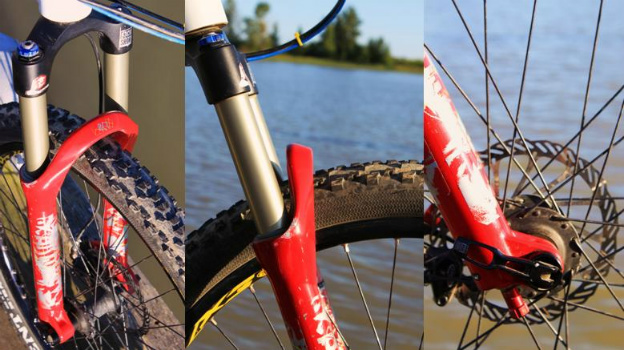
For the setup of the fork I ran around 150 psi of pressure in the Solo Air Chamber. From there I used the Motion Control knob to fine tune the damping to best suite the conditions where I was riding. When I was dirt jumping I turned the Motion Control knob 4 clicks clockwise, which gave me the stiffness I needed to maintain speed in between jumps but would still absorb the rougher landings. When I was climbing I turned the knob to the fully closed position which basically locked out the fork. This eliminated pedal bob while climbing. Finally, for descents I turned the knob to the fully open position, allowing for the fork to make my ride down the trail a lot smoother. As for rebound I had it half a turn from the slow end. I didn’t really play around with the floodgate control too much as I found little to no difference with the adjustment, this could be due to low oil quantities in the fork. I found the Motion Control was really the only adjustment that I fiddled with while testing this fork, although all the adjustments are very easy to access and mostly tool free.
The earlier portion of testing this fork was specifically at different dirt jump locations. I found the fork performed very well and was very predictable. The fork had a very linear feel, which is uncommon for a lot of air sprung forks. Also, I didn’t once have to adjust the pressure of the Solo Air Spring because of leaking seals, which I had to do in the past with my old Argyle 409.
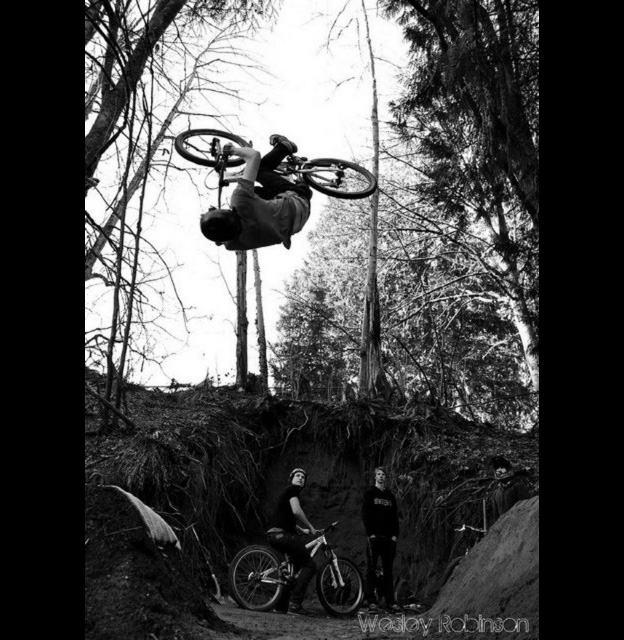
Later into the testing I started to ride trails and really pushed the fork to its limits. I must admit I was very sceptical about how the fork would perform on trails that you would find in the Whistler Bike Park. After a few runs, my scepticism was put to rest. The fork performed very well on trails such as Crank It Up and A-line. It absorbed landing after landing, and I never once felt a bottom out. Down the more technical trails such as Schleyer and Crack Addict, I found it was very easy to maintain control and the fork was very forgiving when I made a wrong line choice. At the end of the day, I never felt like the fork held me back and my hands more than anything were very thankful.
The only problem I ran into with the RCT was with the Solo Air Spring. There was play from front to back in the first 10 millimeters of travel. At first it was thought to be bushing play, but after closer inspection by a trained mechanic, he diagnosed that the air spring was to blame. The problem was never a huge issue for me, as I never noticed it while riding. However, I believe that this is an issue that should be addressed. Additionally, the little plug that covered the floodgate control managed to wiggle itself off and is lost forever; not a huge issue but more of a minor annoyance. Finally, I would prefer that the fork was available in more standard colours. Although Rock Shox lists the fork to come in red, black, and white, Canadian suppliers of Rock Shox (Norco and Lambert) only list the fork available in red.
Overall, I would highly recommend this fork to a dirt jump to all-mountain oriented rider. The fork is very easy to tune to a specific riding style, and with increased stiffness and a lighter weight design, this fork can handle it all.
Pros
-Increased stiffness and lighter weight than the other Argyles.
-Very easy to adjust travel and damping.
-Can handle many different aspects of riding
Cons
-Durability of Solo Air Spring.
-Lack of available color options.
-Higher price-point than forks of similar application.
Anyone else have experience with the RCT? Agree or disagree with Jason’s points? Take your thoughts below…
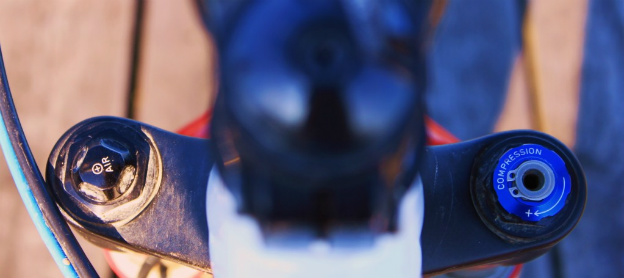
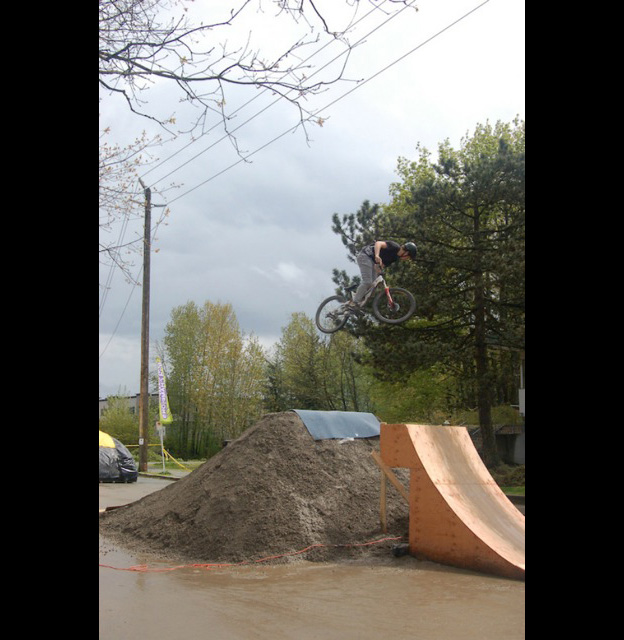
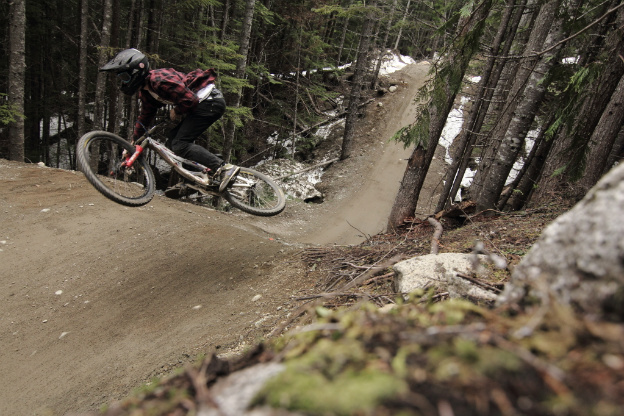







Comments
Please log in to leave a comment.